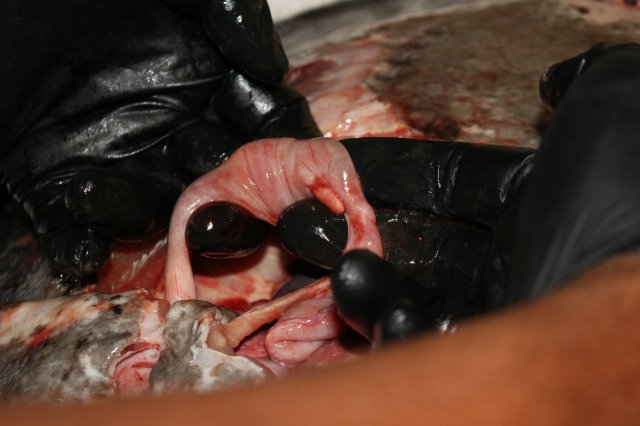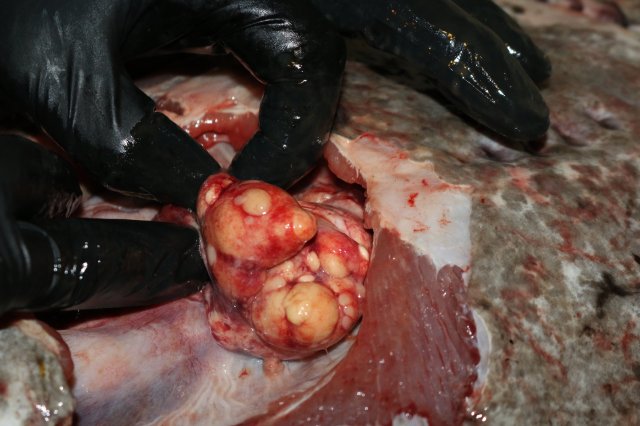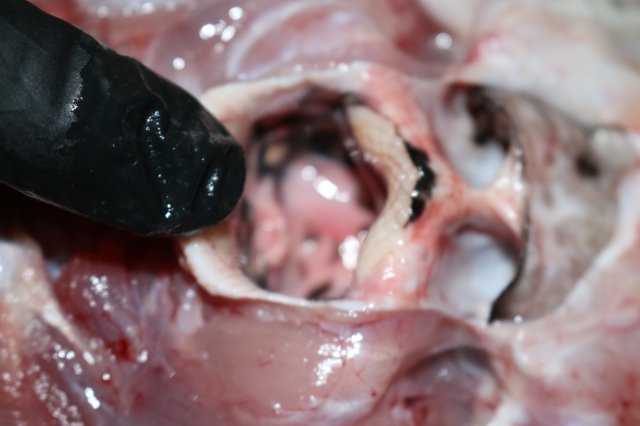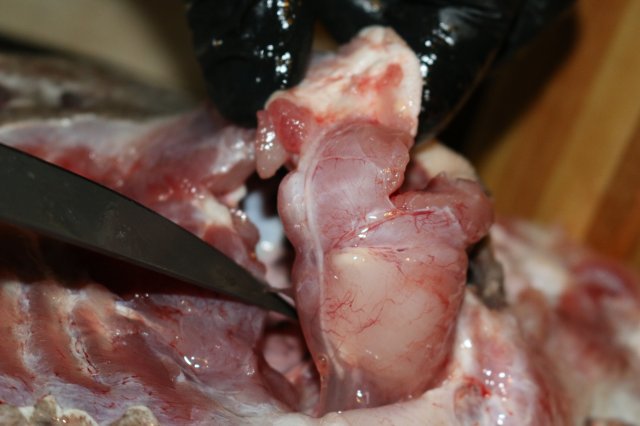Fascinating stuff I think the giant liver is pretty typical in sharks and rays.
"The liver of elasmobranchs is a large, soft and very oily organ which occupies most of the body cavity and can comprise as much as 25% of the body weight."
http://www.marinebiodiversity.ca/skatesandrays/internal anatomy.htm
Thank you so much! Also consistent with Shark13 findings and others.



























